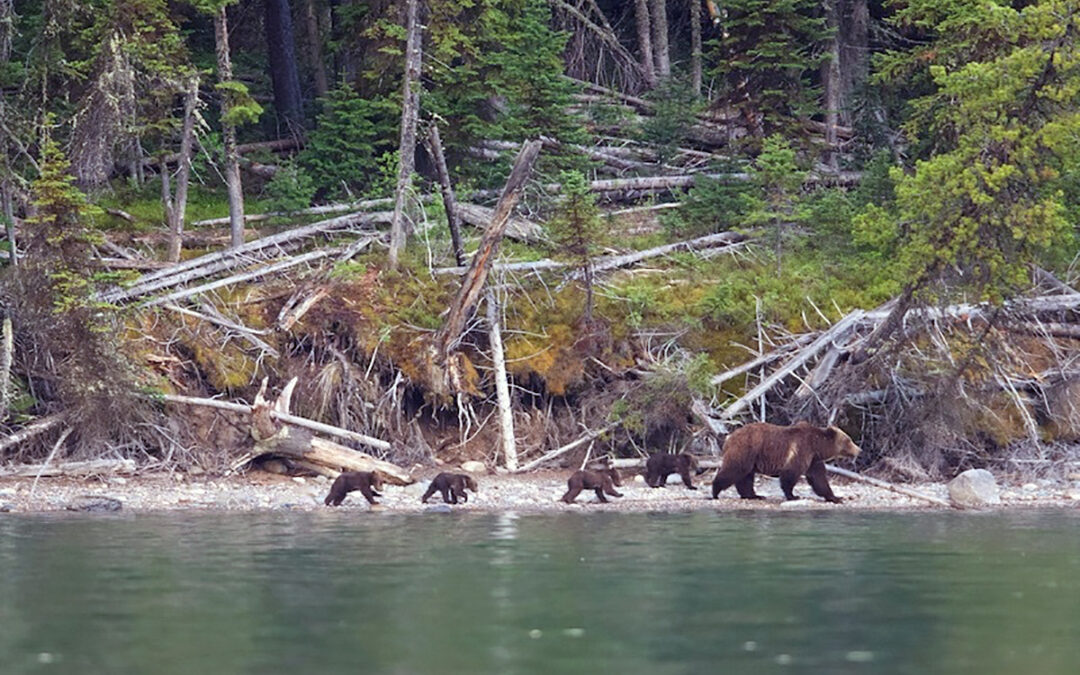Photo: Glenn Phillips
Montana and the Northern Rockies are facing an unprecedented wave of development that is fracturing wildlife habitat, threatening water quality, and seeing vastly increased logging of our national forests under the guise of “restoration” and wildfire prevention.
There is hope, however, to keep our forests standing, our wildlife healthy in secure and connected habitat, and ensure clean, cold water continues to pour from our mountain headwater streams and rivers. The Last Best Chance for the Last Best Place is the Northern Rockies Ecosystem Protection Act, which has just been introduced in the U.S. Senate as S.1531, by Senator Sheldon Whitehouse and already has 11 Senate co-sponsors.
As more scientists and policy-makers understand every day, keeping our forests and the ecosystems they support intact is the nation’s best, cheapest, and most efficient way to combat the increasingly dire effects of climate change.
That’s what the Act does by designating all of the remaining Inventoried Roadless Areas in the Northern Rockies as Wilderness, which would extend the nation’s highest level of land and water protection to approximately 23 million acres of public land in Washington, Idaho, Oregon, Montana, and Wyoming.
Water is the lifeblood of the West and protecting the forests that shade mountain snowpack slows melting, which keeps water available for downstream use until later in the season when it is most needed. This is especially critical given the longer, hotter and drier summers the Northern Rockies are now experiencing.
The Act also designates about 1,800 miles of rivers and streams as Wild and Scenic Rivers, which will protect them from the on-going rush of streamside development that results in sedimentation from bank erosion and nutrient pollution from septic systems. Keeping rivers and streams clean provides obvious benefits for our legendary Rocky Mountain fisheries and riverine ecosystems, but cleaner source water also translates into significant savings for municipal water treatment plants and higher quality water for citizens.
Much like the great work done by the revered Civilian Conservation Corps, the Act will also put thousands of people to work. It will restore over one million acres of habitat and watersheds damaged by past logging as well as removing 6,300 miles of old, continually eroding logging roads.
Despite the development pressures, the Northern Rockies remain home to almost all of the native species that were here when Lewis and Clark passed through on their expedition more than 200 years ago. NREPA ensures that traditional land and water migratory routes are restored for native wildlife and fish. This is especially important to threatened and endangered species such as grizzly bears, lynx, bull trout, wolverine, fisher and many other species currently facing inbreeding and extinction due to the lack of connecting corridors.
The Act is based on solid science, not political expediency or special interest influence. It was written by prominent scientists and citizens from the Northern Rockies who live and work here, including Dr. John Craighead. who was named by National Geographic as one of the top 100 scientists of the 20th century.
The Northern Rockies Ecosystem Protection Act protects and restores the environment for native fish and wildlife, efficiently fights climate change, and creates thousands of good jobs restoring past damages. It does all this by designating existing Inventoried Roadless Areas on public lands as Wilderness.
Please ask your congressional delegation to support this Last Best Chance for the Last Best Place and give future generations a chance to enjoy the diverse wildlife, clean rivers, and majestic forested landscapes handed down to all Americans by generations past.
Mike Garrity is the executive director of the Alliance for the Wild Rockies.
